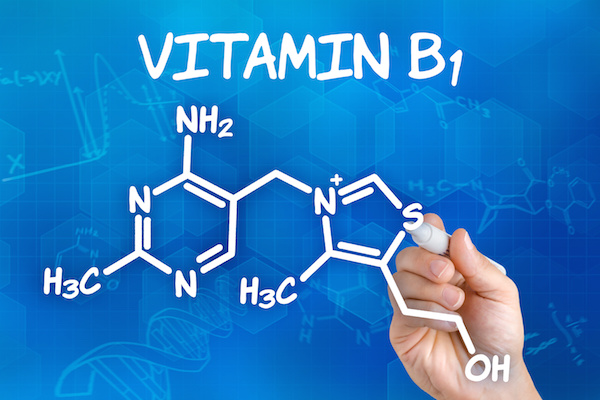
WEDNESDAY, April 3 (HealthDay News) — Rats addicted to cocaine lost the craving when researchers used laser light to stimulate a specific part of their brains.
The same team of scientists also used the laser technique to trigger new cocaine addictions in rats. They say the therapy — which targets the prefrontal cortex of the rat brain — could point the way to a new method of treating the addiction in humans.
“When we turn on a laser light in the prelimbic region of the prefrontal cortex, the compulsive cocaine seeking is gone,” study co-researcher Dr. Antonello Bonci, adjunct professor of neurology at the University of California, San Francisco, said in a university news release.
As the researchers explained, the mammalian prefrontal cortex plays an important role in impulse control, decision-making and behavioral flexibility.
In this study, the researchers used genetic engineering to insert light-sensitive proteins called rhodopsins into nerve cells (neurons) in the rats’ prefrontal cortex. Activating this brain region with a laser tuned to the rhodopsins turned the neurons on and off.
Turning on the neurons eliminated cocaine addiction while turning them off triggered addiction in the rats, according to the study published online April 3 in the journal Nature.
The findings highlight the central role the prefrontal cortex plays in cocaine addiction and also suggest a new therapy that could be immediately tested in humans, said the team of researchers from UCSF and the U.S. National Institute of Drug Abuse (NIDA).
However, human therapy would not use lasers. Instead, it would most likely rely on electromagnetic stimulation outside the scalp — in particular, a technique called transcranial magnetic stimulation (TMS) — to trigger a similar activation in the prefrontal cortex. TMS has been used to treat depression.
Research in animals often does not pan out in humans, experts note. However, clinical trials are now being designed to test the use of TMS in people, said Bonci, who is also scientific director of the intramural research program at NIDA and an adjunct professor at Johns Hopkins University in Baltimore.
In the clinical trials, TMS will be used a few sessions a week to stimulate the prefrontal cortex in cocaine addicts. The researchers will see if they can restore activity to the prefrontal cortex and help reduce the addicts’ desire for cocaine.
An estimated 1.4 million Americans are addicted to cocaine, which was the reason for more than 482,000 emergency department visits in 2008 and is a leading cause of heart attack and stroke among people younger than 35.
Along with the health toll, cocaine has a major impact on crime, imprisonment, treatment and prevention programs, lost job productivity and lost earnings, the researchers pointed out.
More information
The U.S. National Institute on Drug Abuse has more about cocaine.

